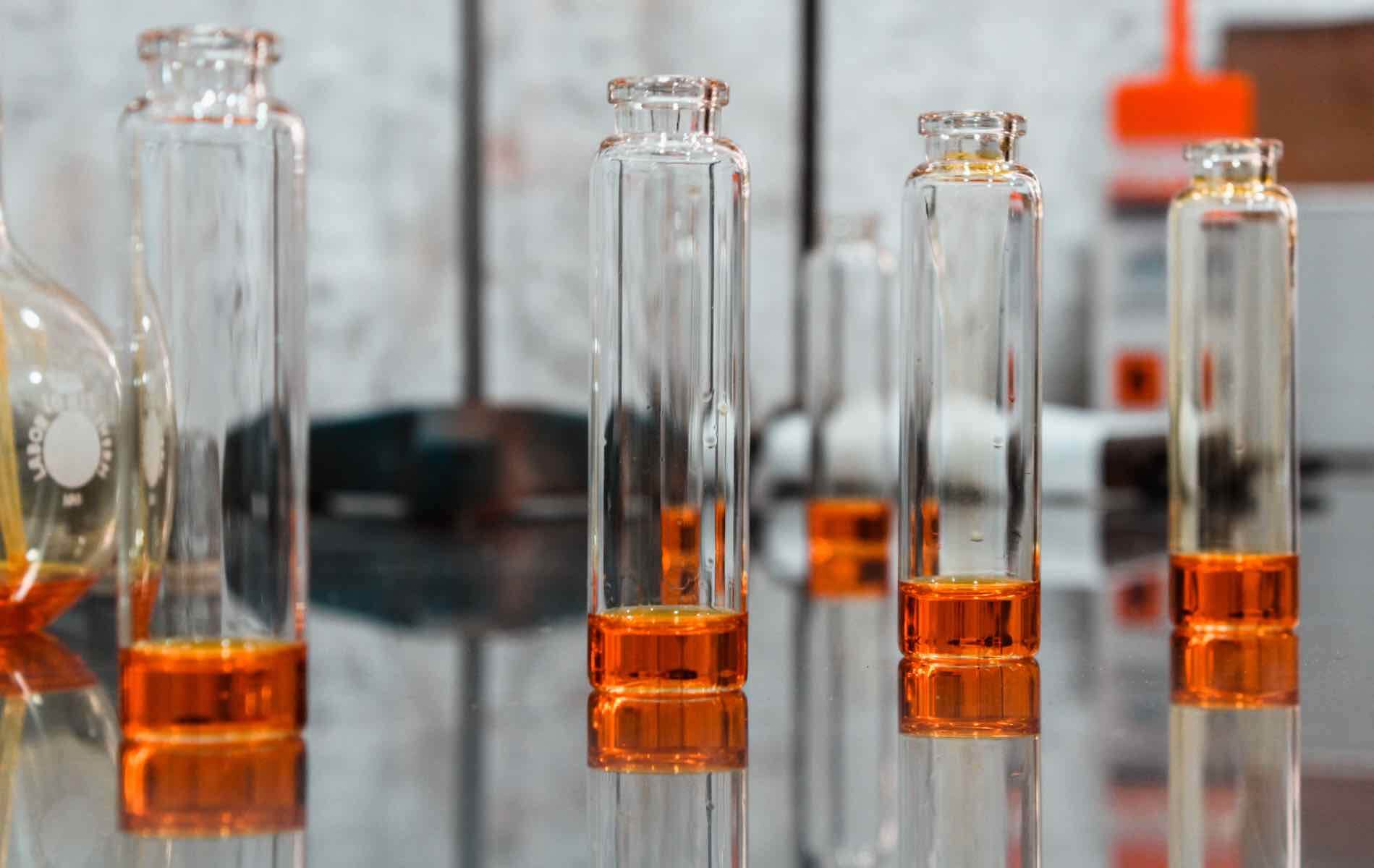
What Is The Chemistry Of Whisky?
In this article, we're going to dive into the chemistry of whisky. Before we go deeper, a few basics.
Whisky is an alcoholic beverage made from fermented grain mash. The main ingredient is grain. Different grains (which may be malted) are used for different varieties. Perhaps the most common, particularly for scotch, is barley. But other grains can be, and indeed are, used including corn, rye, and wheat. We've written an article that explains what whisky is made of, and to the ingredients in broader whisky categories. Whisky is aged in wooden casks, most often made of charred white oak. For more information, read our guide on whisky cask types and sizes.
But, back to the subject at hand: the chemical make-up of whisky. Pour yourself a dram, and let's dive in.
Molecules and whiskies
The chemistry of whisky is complex and includes many different flavours and aromas. The most important flavour compounds in whisky are derived from the wood during ageing. Other flavours come from the type of grain used, as well as the fermentation and distillation processes.
Whisky contains a range of different chemical compounds, including ethanol, water, esters, aldehydes, ketones, phenols, and other organic molecules. The exact composition depends on the type of whisky and the methods used to produce it.
Ethanol

A key difference between the spirits category, including whisky, and other alcoholic beverages (for example beer or wine) is the high concentration of ethanol. Whisky has a legal minimum of 40% alcohol (ie ethanol), but it can go as high as mid 60s. Ethanol is a colourless and flammable liquid that is produced by fermenting sugar or starch. It is the active ingredient in alcoholic beverages and is responsible for their intoxicating effects. Enjoy responsibly, folks!
Water

Water is the other major component of whisky. It is present in both the grain mash and the finished product, and water can even be added to whisky while drinking. Water acts as a solvent, carrying the flavours and aromas of the other ingredients. Some distilleries swear by their water source. They argue their local spring, and the chemical composition of that spring water, directly impacts the final flavour of the whisky. Certainly, having an abundant, quality, source of water is crucial for distilling.
Other compounds
Whisky contains a range of other compounds. They make up a far smaller proportion of the liquid than ethanol and water. But, they are crucial for the whisky's flavour. Other compounds found in whiskies include:
- Esters are molecules that contribute to the fruity flavours of the whisky. They are formed during fermentation from the interaction of alcohol and acids.
- Aldehydes are molecules that give whisky its characteristic smell. They are produced during fermentation and ageing.
- Ketones are molecules that contribute to the smoky flavour of whisky. They are produced during distillation from the interaction of alcohol and water vapour.
- Phenols are molecules that contribute to the spicy flavour of whisky. They are derived from the wood used to make the casks.
- Whisky contains a range of different vitamins and minerals, including vitamin C, calcium, and iron. These nutrients are found in both the grain mash and the finished product.
Colour
The colour of whisky is determined by the type of wood used to make the casks, and what the casks held previously. As an example, read our guides to sherry casks and port casks.
Generally speaking, the longer the whisky is aged, the darker its colour will be. But, two key caveats to note. First, a small active cask could have a big impact on colour in a short time; while a large cask that has been reused several times could have little impact even over a long time. Second, some distilleries may 'hack the system', using artificial colouring to make the whisky look darker (older) than it actually is. Most independent bottlers steer clear of this hack, preferring a natural product. As we do.
The whisky cask itself also plays a key role in creating flavour. Different whisky casks will create different flavour profiles. Read this article to find out more about where whisky casks come from.
Phenolic Compounds of Whisky
Phenolic compounds are a class of organic molecules that contain a phenol group. Phenols are closely related to alcohols, and they have similar chemical properties. The main difference between phenols and alcohols is the presence of a carbon atom bonded to the oxygen atom in phenols. This gives phenols their characteristic aromatic smell.
There are many different types of phenolic compounds, and they are found in a variety of food and beverages, including whisky. The most important phenolic compounds in whisky are guaiacol, 4-methylguaiacol, and vanillin.
The concentration of phenolic compounds in whisky varies depending on the type of whisky and the methods used to produce it. The higher the concentration of phenolic compounds, the more intense the flavours will be. And we like flavour!
Guaiacol

Guaiacol is a molecule that contributes to the smoky flavour of whisky. It is derived from the charred wood used to make the casks.
4-Methylguaiacol

4-Methylguaiacol is a molecule that contributes to the spicy flavour of whisky. It is derived from the wood used to make the casks. The eagle-eyed amongst you may see a similarity in name with guaiacol. And you'd be right too - this is a compound variant. You can see the extra carbon, and three extra hydrogen, molecules, to the bottom right of the chemical diagram above.
Vanillin

Vanillin is a compound that contributes to the sweet flavour of whisky. As you may have guessed from the name, vanillin is closely associated with the vanilla bean. But it is also found naturally in the oak that makes up the whisky casks.
Whisky Lactones
Whisky lactones are molecules that contribute to the characteristic taste and smell of whisky. They are derived from the wood used to make the casks. The most important whisky lactone is beta-D-glucopyranoside, which gives whisky its characteristic woody flavour.

The concentration of whisky lactones in whisky varies depending on the type of whisky and the methods used to produce it. Again, the higher the concentration of whisky lactones, the more intense the flavours.
Tannins in Whisky
Tannins are polyphenolic compounds that contribute to the astringent taste of whisky. They are derived from the wood used to make the casks. The longer the whisky is aged, the higher the concentration of tannins will be.
The concentration of tannins in whisky varies depending on the type of whisky and the methods used to produce it - particularly the cask maturation approach. The higher the concentration of tannins, the more astringent the taste will be.
Sulfur Compounds in Whisky
Sulfur compounds are molecules that can contribute to the smell of a whisky. They are produced during fermentation and ageing from the interaction of sulfur-containing molecules and alcohol.
The most important sulfur compound in whisky is dimethyl sulfide. This contributes to a whisky's smoky flavour. Other sulfur compounds that contribute to the smell of whisky include dimethyl disulfide, diethyl sulfide, and ethyl methyl sulfide.
The concentration of sulfur compounds in whisky varies depending on the type of whisky and the methods used to produce it. The higher the concentration of sulfur compounds, the more intense the sulfur characteristics. These can be divisive. Some people are particularly sensitive to sulfur, and too much can be really off-putting for them. As always, everyone's personal tastes are different.
Other flavour compounds in whisky
In addition to the compounds discussed above, there are a number of other molecules that contribute to the flavour and smell of whisky. These include fatty acids, esters, aldehydes, ketones, phenols, and vitamins.
The concentration of these compounds in whisky varies depending on the type of whisky and the methods used to produce it. The more of these compounds in a whisky, the greater their effect on the flavour profile.
Fatty Acids in whisky
Fatty lipids, also known as fatty acids, are molecules that contribute to the characteristic taste and smell of whisky. They are derived from the grain used to make the whisky.

The most important fatty acid in whisky is oleic acid, which gives whisky its characteristic fruity flavour. Other fatty acids that contribute to the flavour of whisky include linoleic acid, palmitic acid, and stearic acid.
When whisky is cold, these fatty acids can create little white clouds in the whisky. This is entirely natural. Many commercial whiskies use chill-filtration to filter these out. But that's a real shame, as they can contribute to flavour and mouthfeel. Most independent bottlers do not chill filter; which we're very glad about.
Esters in whisky
Esters are molecules that contribute to the characteristic taste and smell of whisky. They are formed during fermentation from the interaction of alcohol and organic acids.

The most important ester in whisky is ethyl acetate, which gives whisky its characteristic fruity flavour. Other esters that contribute to the flavour of whisky include propyl acetate, butyl acetate, and amyl acetate.
Aldehydes in whisky
Aldehydes are molecules that contribute to the characteristic taste and smell of whisky. They are formed during fermentation from the interaction of alcohol and organic acids.

The key aldehyde in whisky is acetic acid, which gives whisky its characteristic sour flavour. Other aldehydes that contribute to the flavour of whisky include formic acid, propionic acid, and butyric acid.
Ketones in whisky
Ketones are molecules that contribute to the characteristic taste and smell of whisky. They are produced during fermentation from the interaction of alcohol and ketone bodies.

The most important ketone in whisky is acetone, which gives whisky its characteristic fruity flavour. Other ketones that contribute to the flavour of whisky include propanone, butanone, and pentanone.
Phenols in whisky
Phenols are molecules that contribute to the characteristic taste and smell of whisky. They are derived from the wood used to make the casks.
The main phenol in whisky is vanillin, which gives whisky its characteristic vanilla notes. We looked at vanillin previously. Other phenols that contribute to the flavour of whisky include eugenol, syringaldehyde, and cinnamic acid.
Vitamins in whisky
Vitamins are essential nutrients that contribute to the health and wellbeing of humans. They are also present in whisky in small amounts.

The most important vitamin in whisky is vitamin E, which helps to protect the body from damage caused by free radicals. Other vitamins that are present in whisky include vitamin A, vitamin B6, and vitamin C. You may enjoy reading about the health benefits of whisky.
Whisky's chemical compounds, in summary
Whisky is made from fermented grain mash and aged in wooden casks. The chemistry of whisky is complex and includes many different flavours and aromas. Whisky contains ethanol, water, esters, aldehydes, ketones, phenols, and other organic molecules. The exact composition depends on the type of whisky and the methods used to produce it. Ingredients, distillation approach, and maturation all impart and modify flavour.
If you enjoyed this article, read about the art of élevage in whisky making, and how it can help layer flavour.
Credit to the great open source site molview.org for the chemical diagrams.
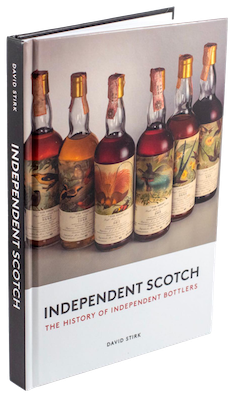
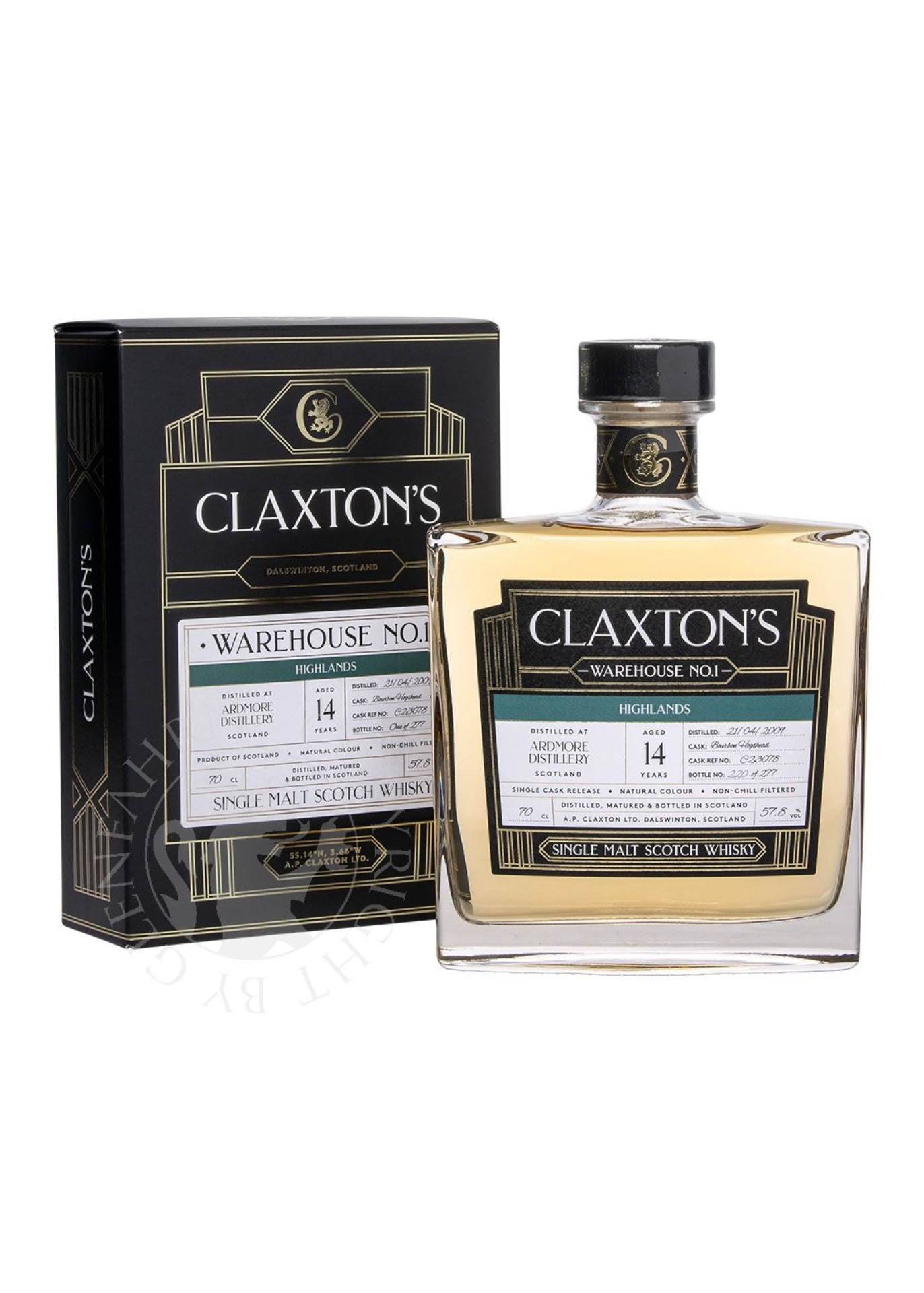
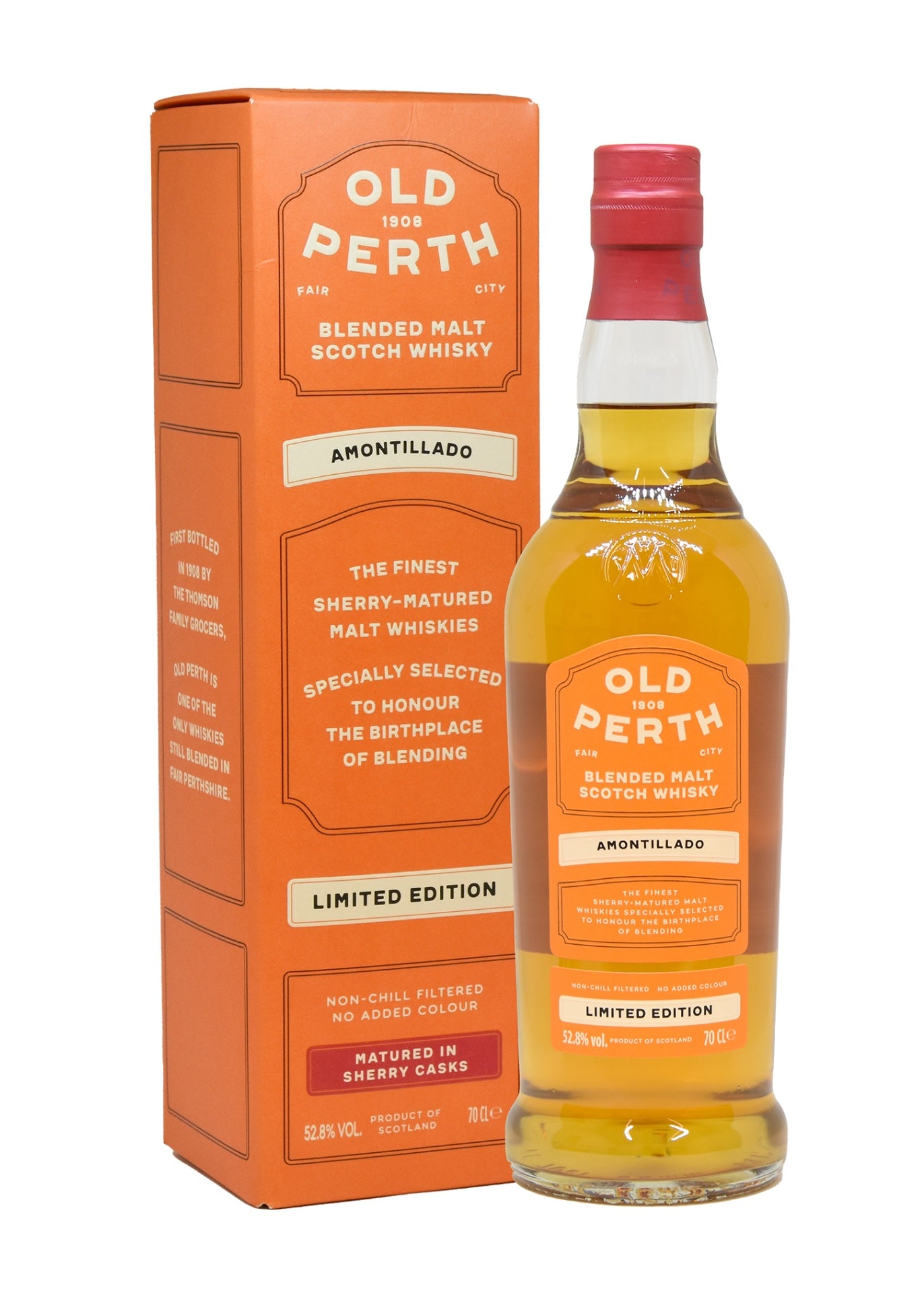
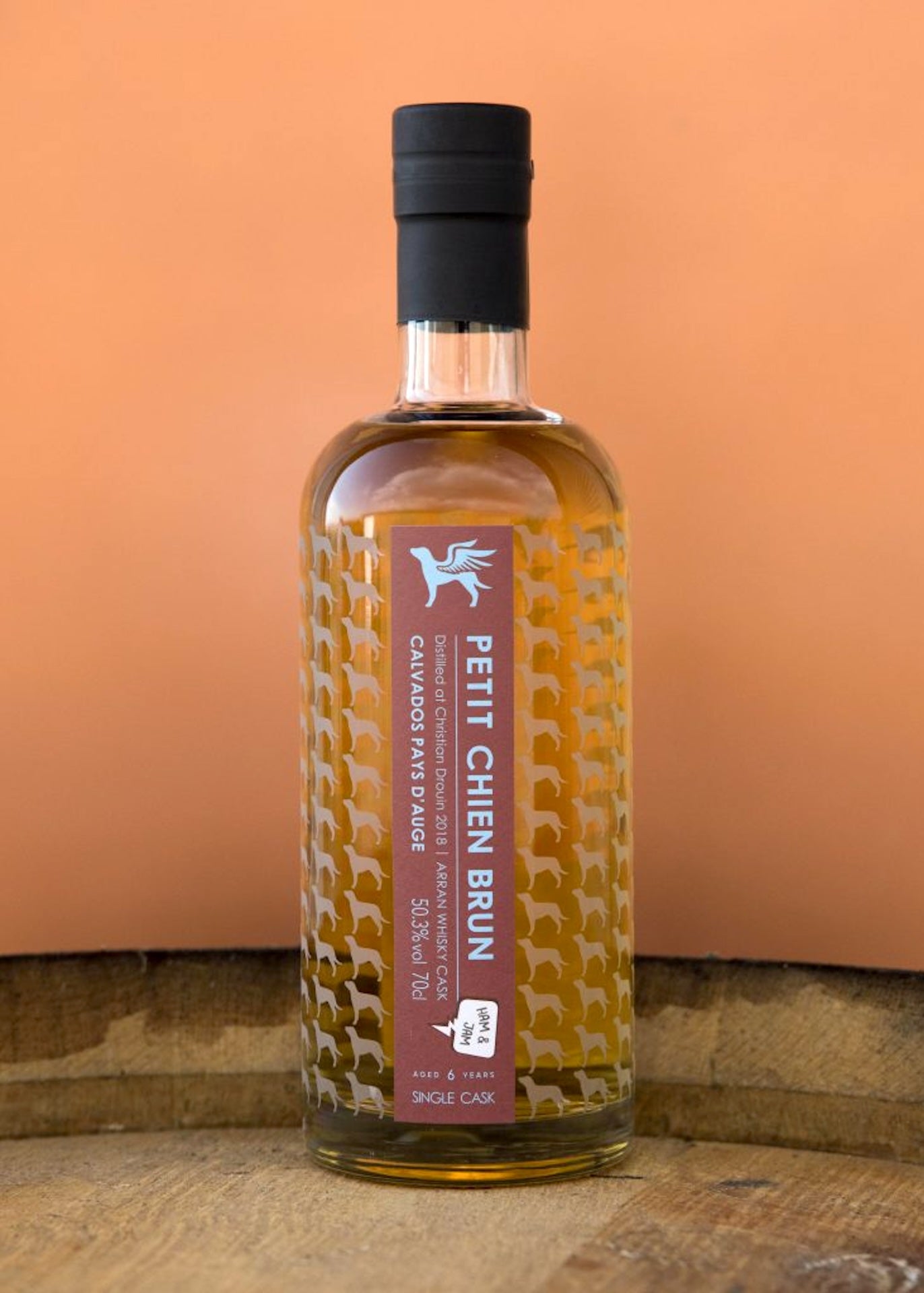

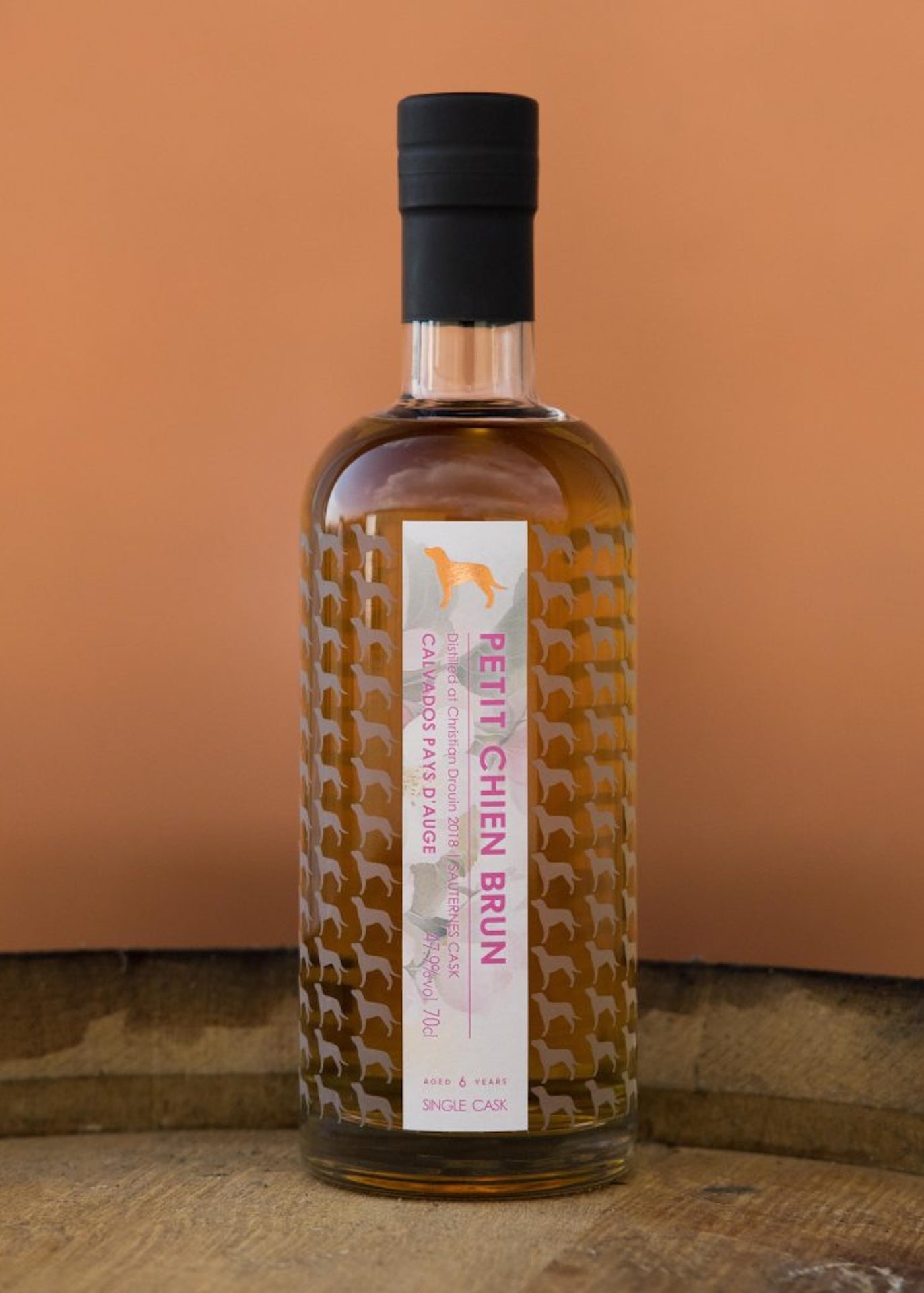
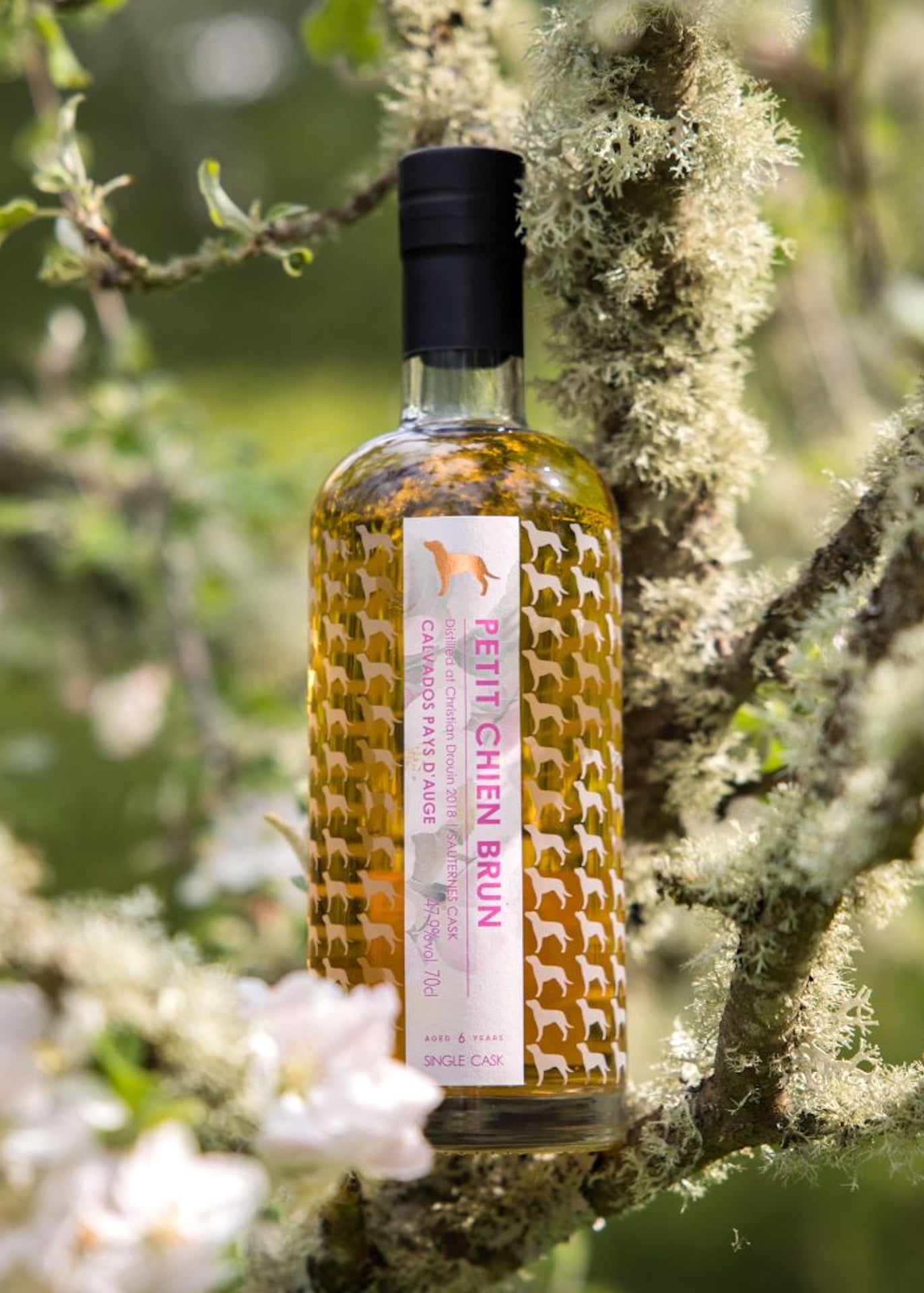


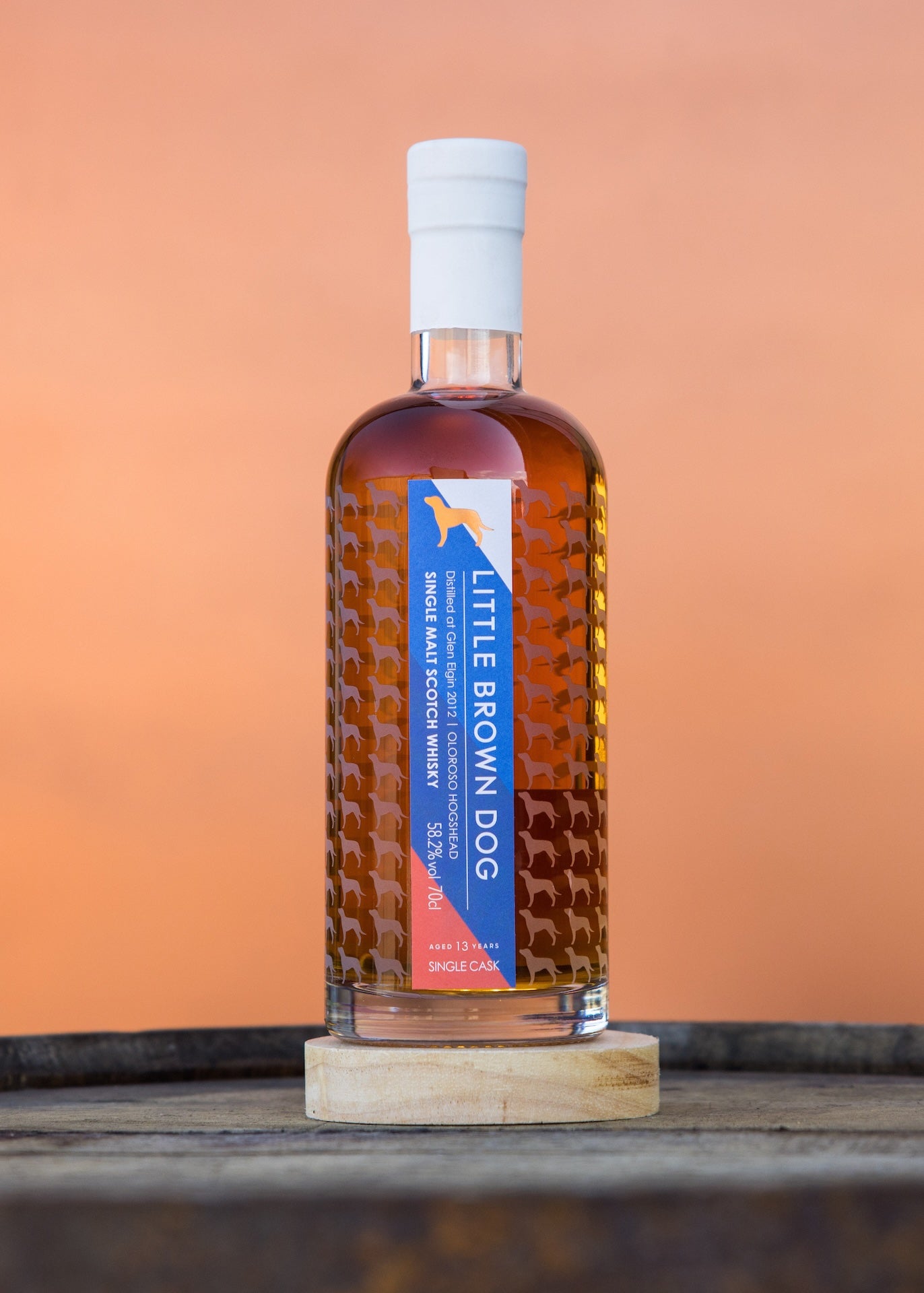
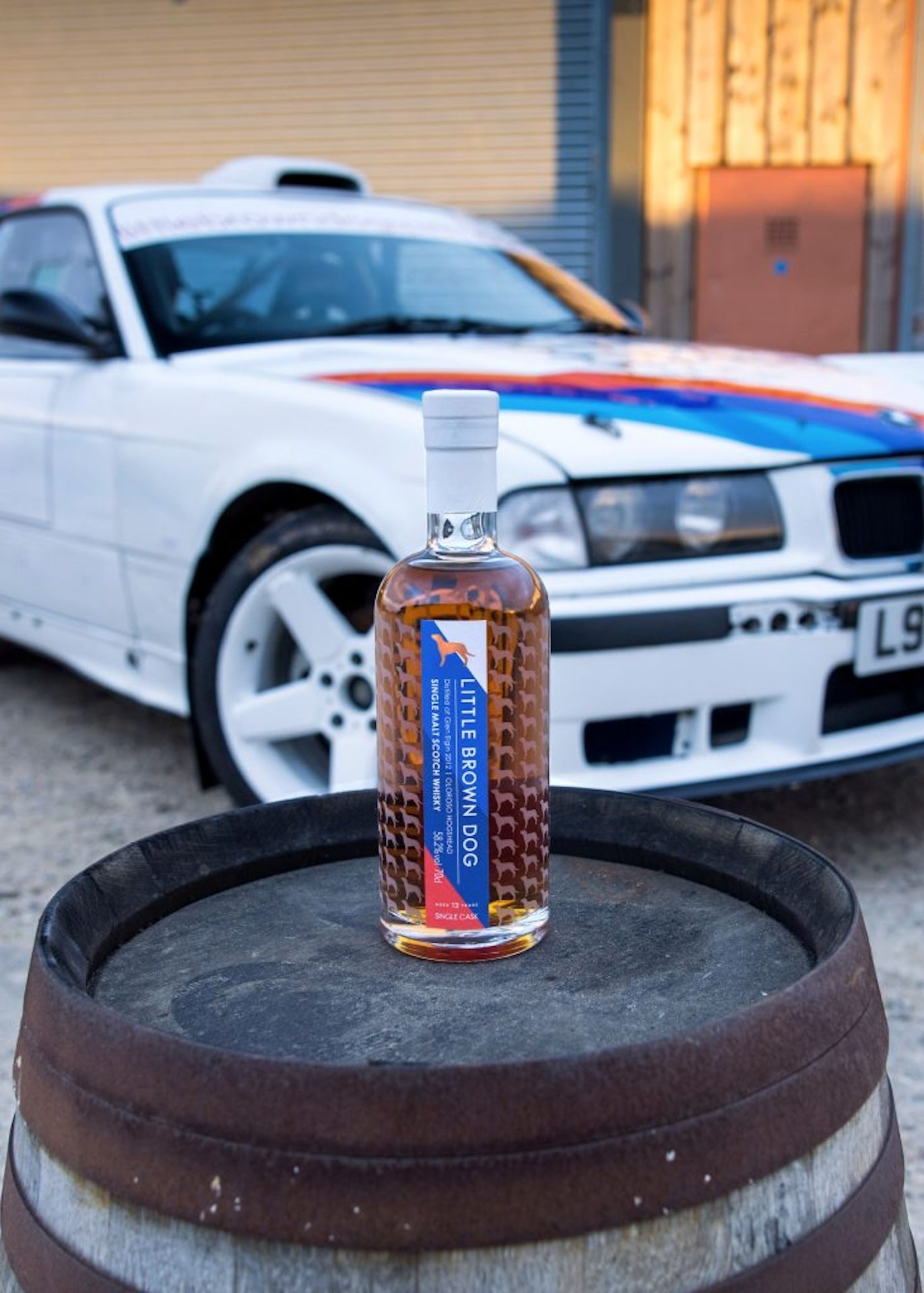
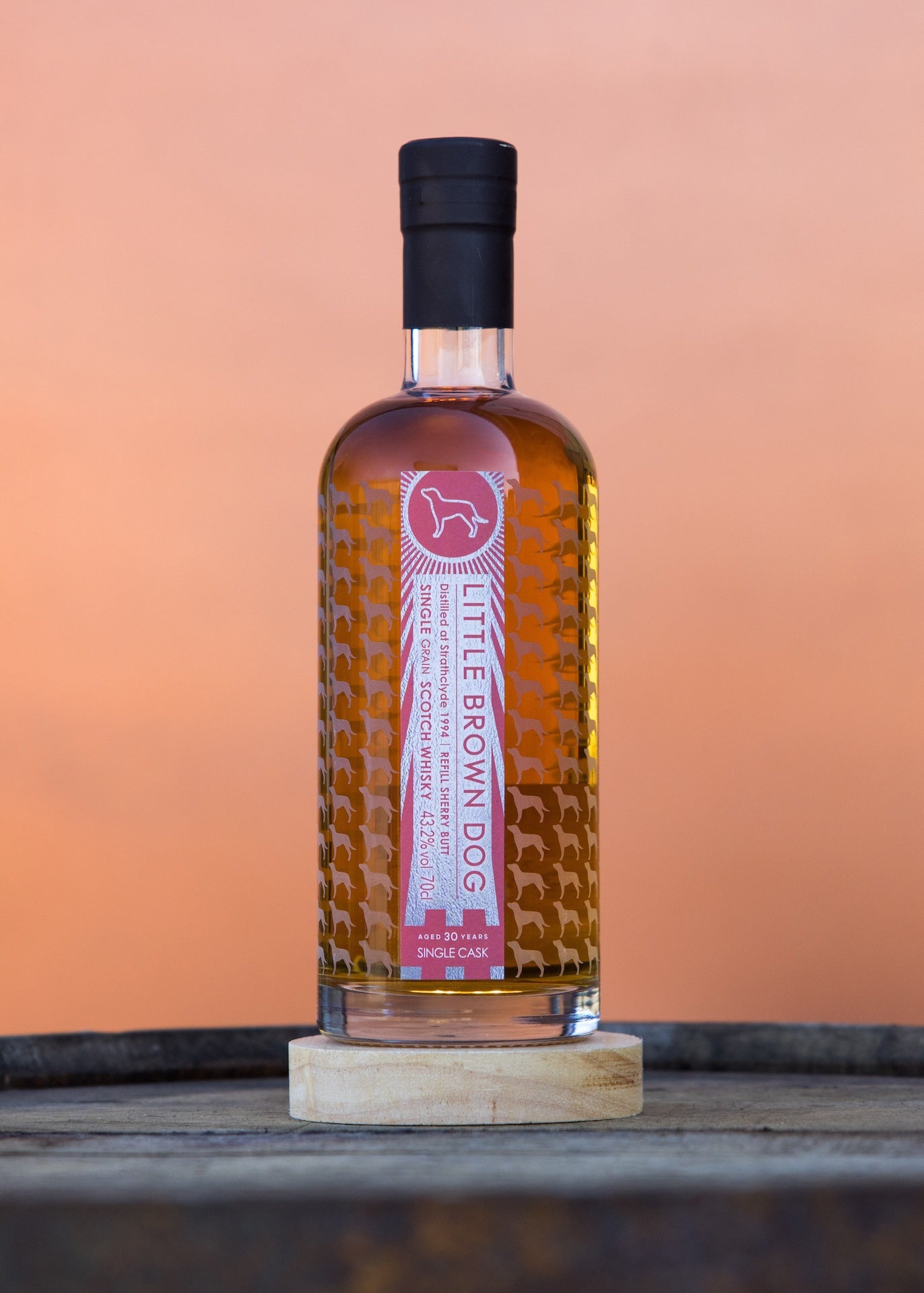
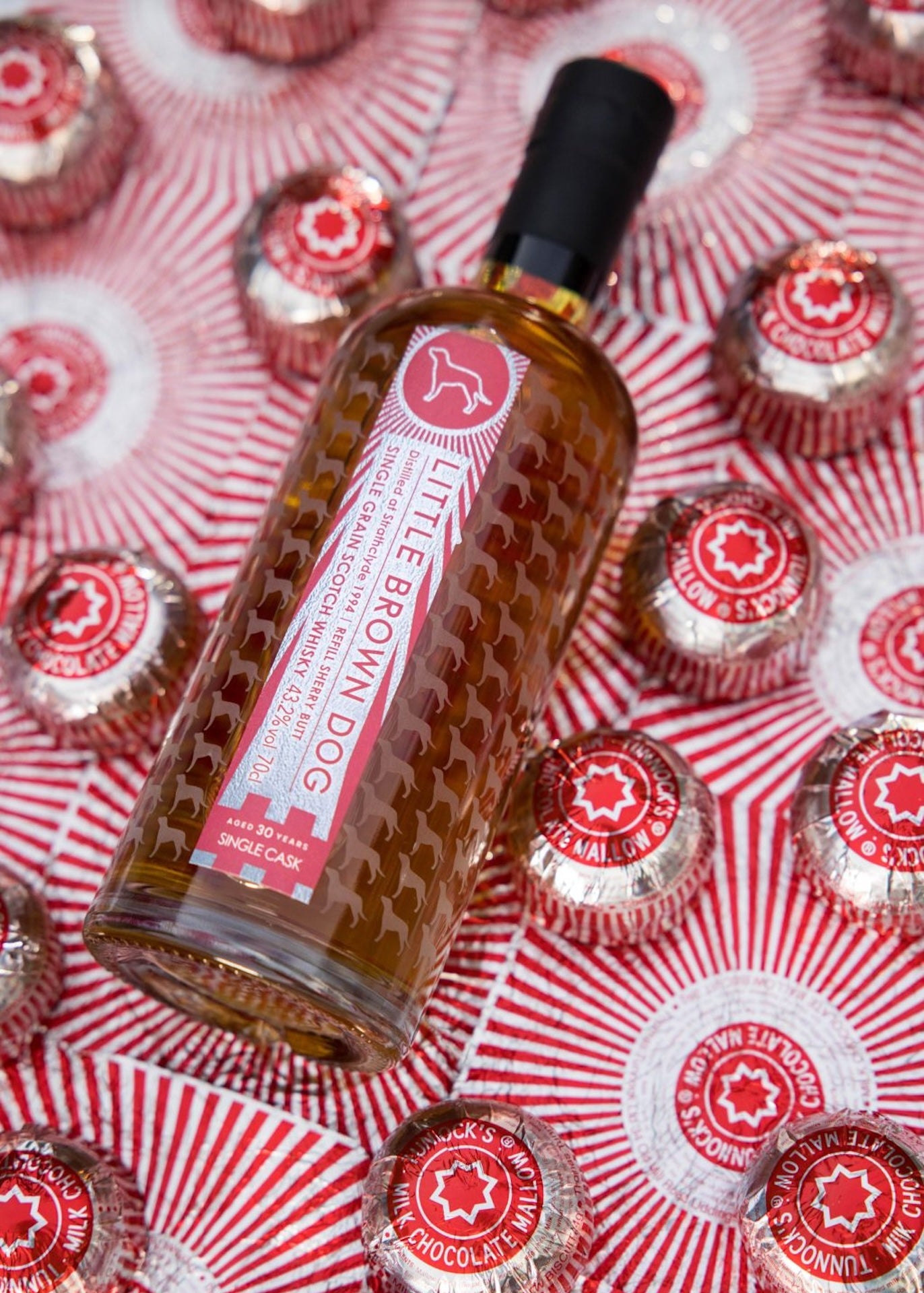
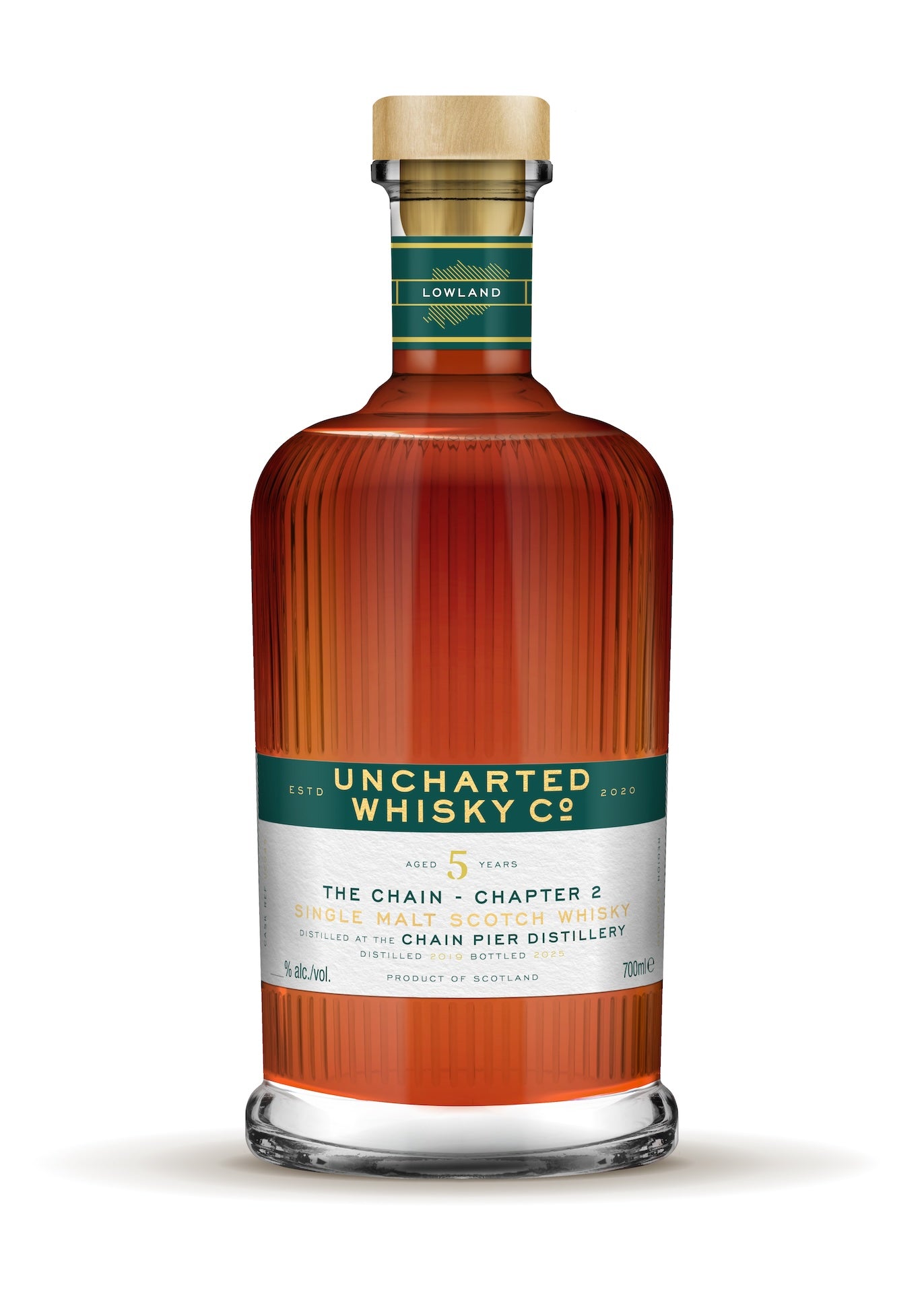
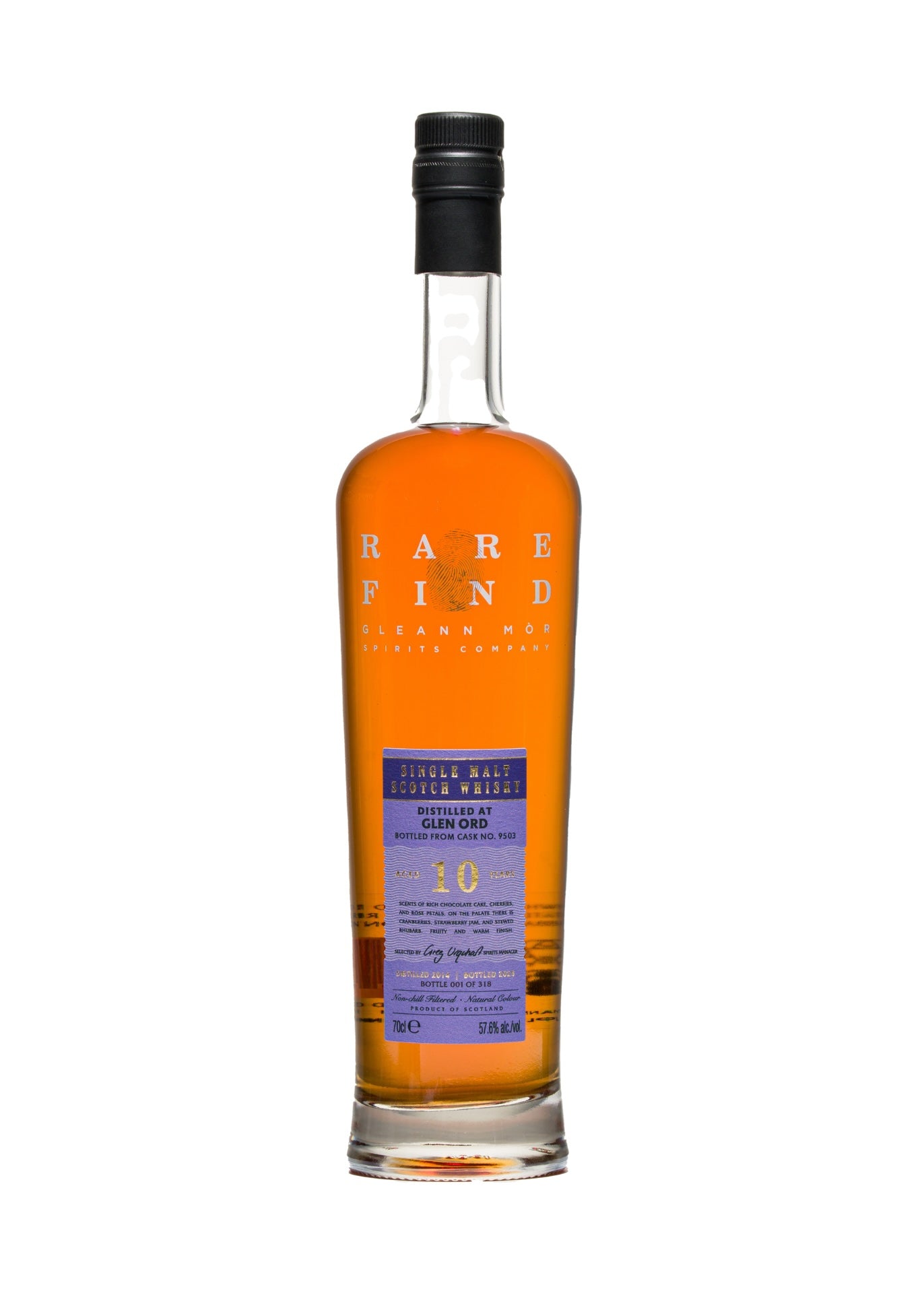

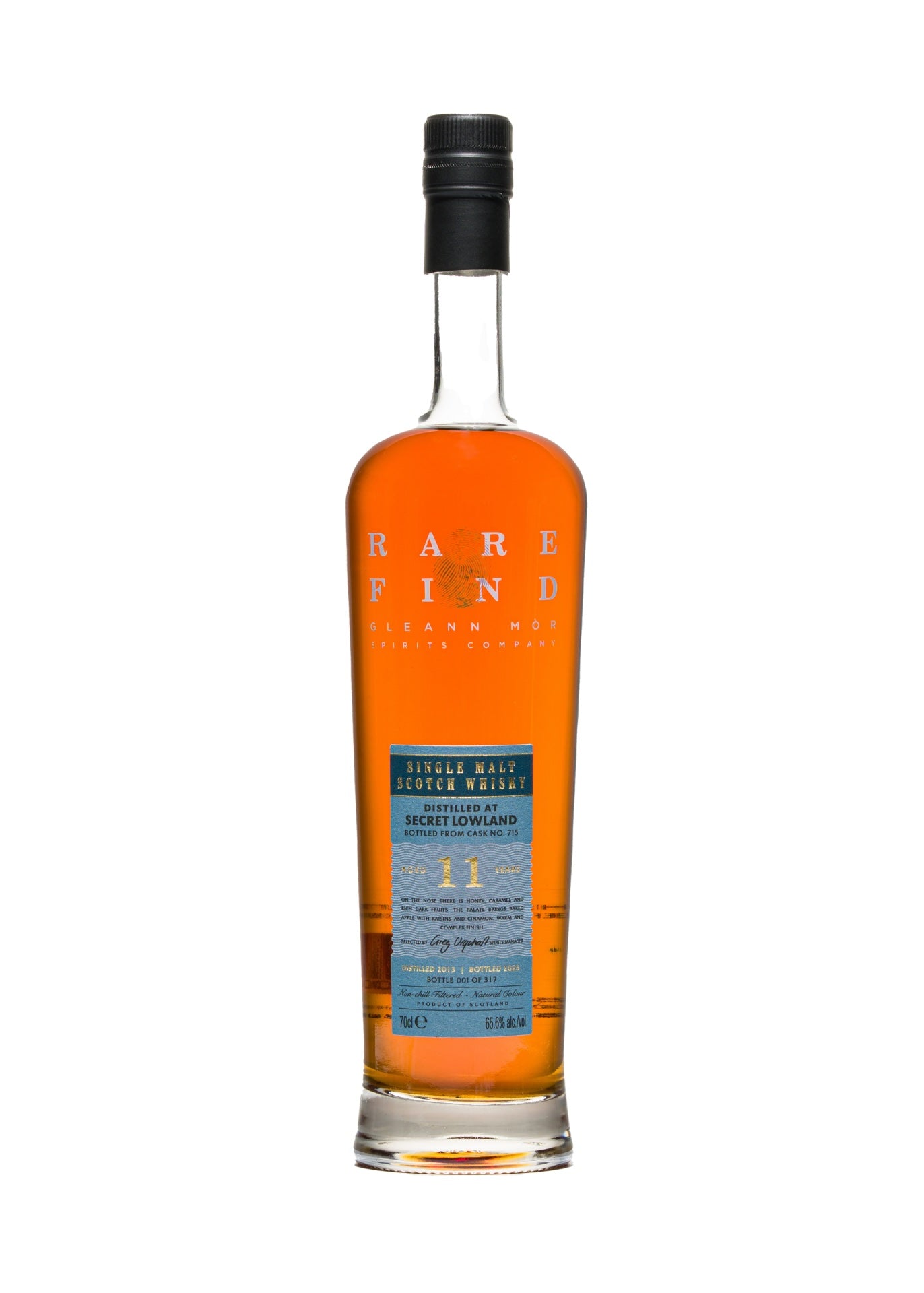

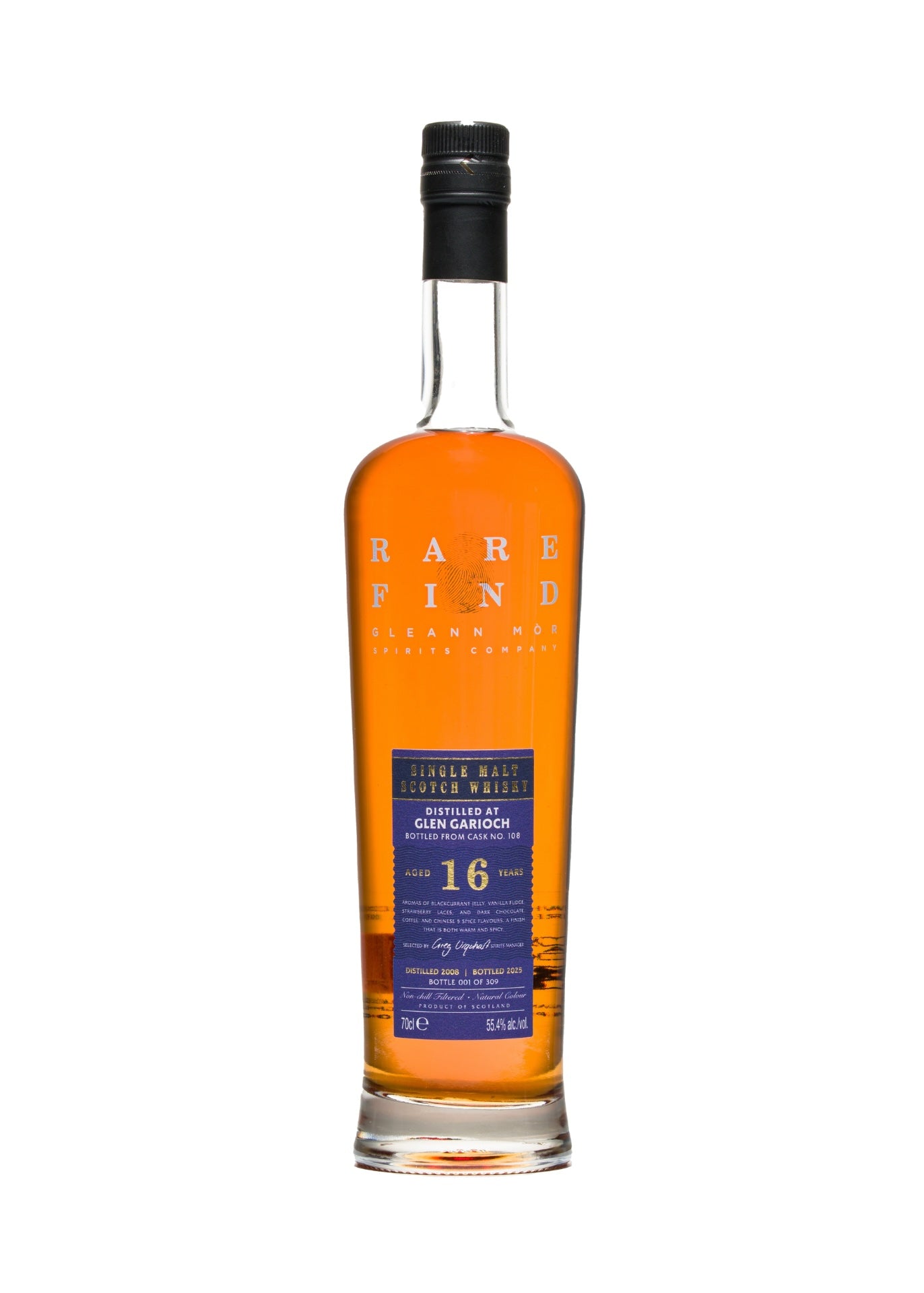

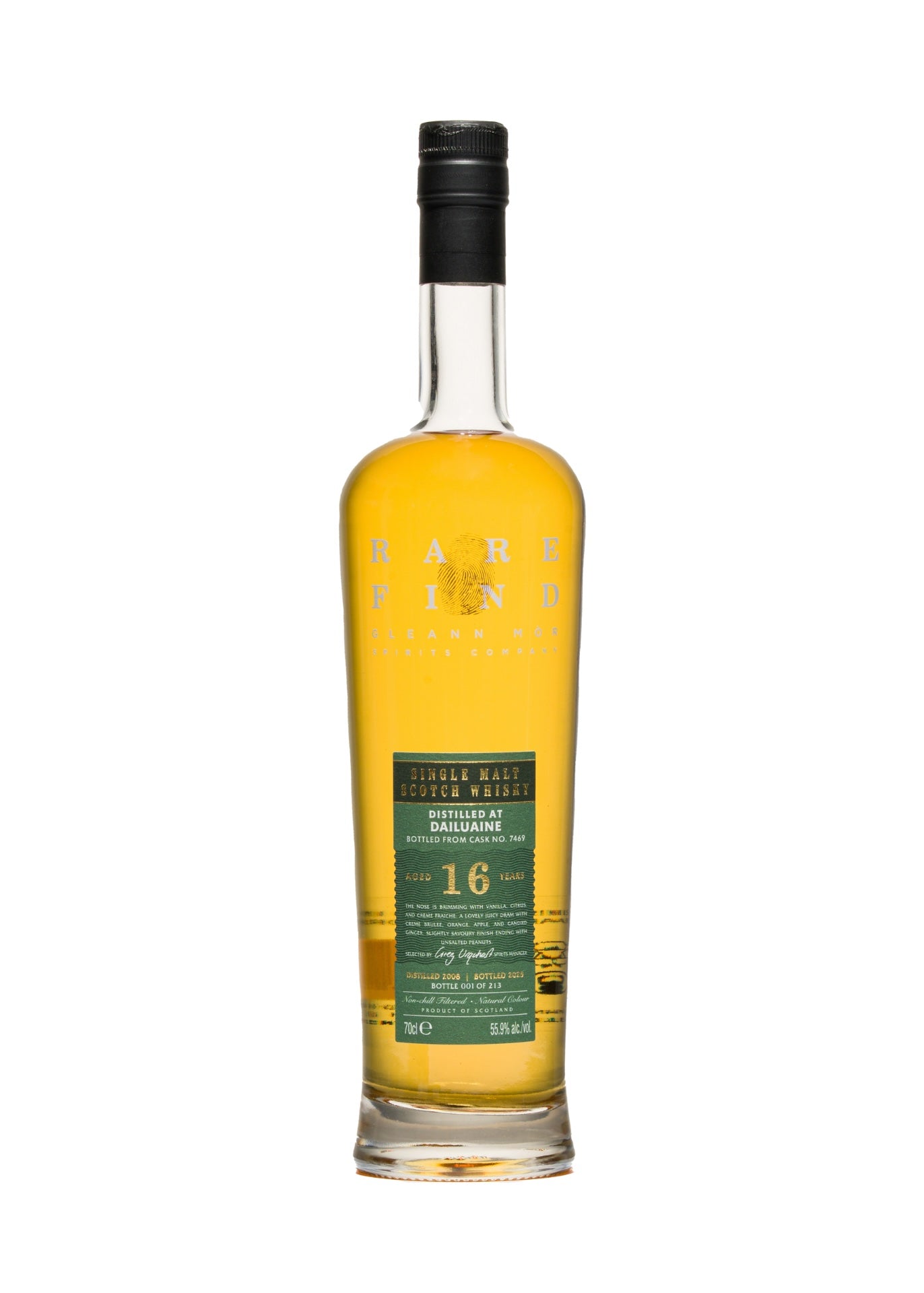
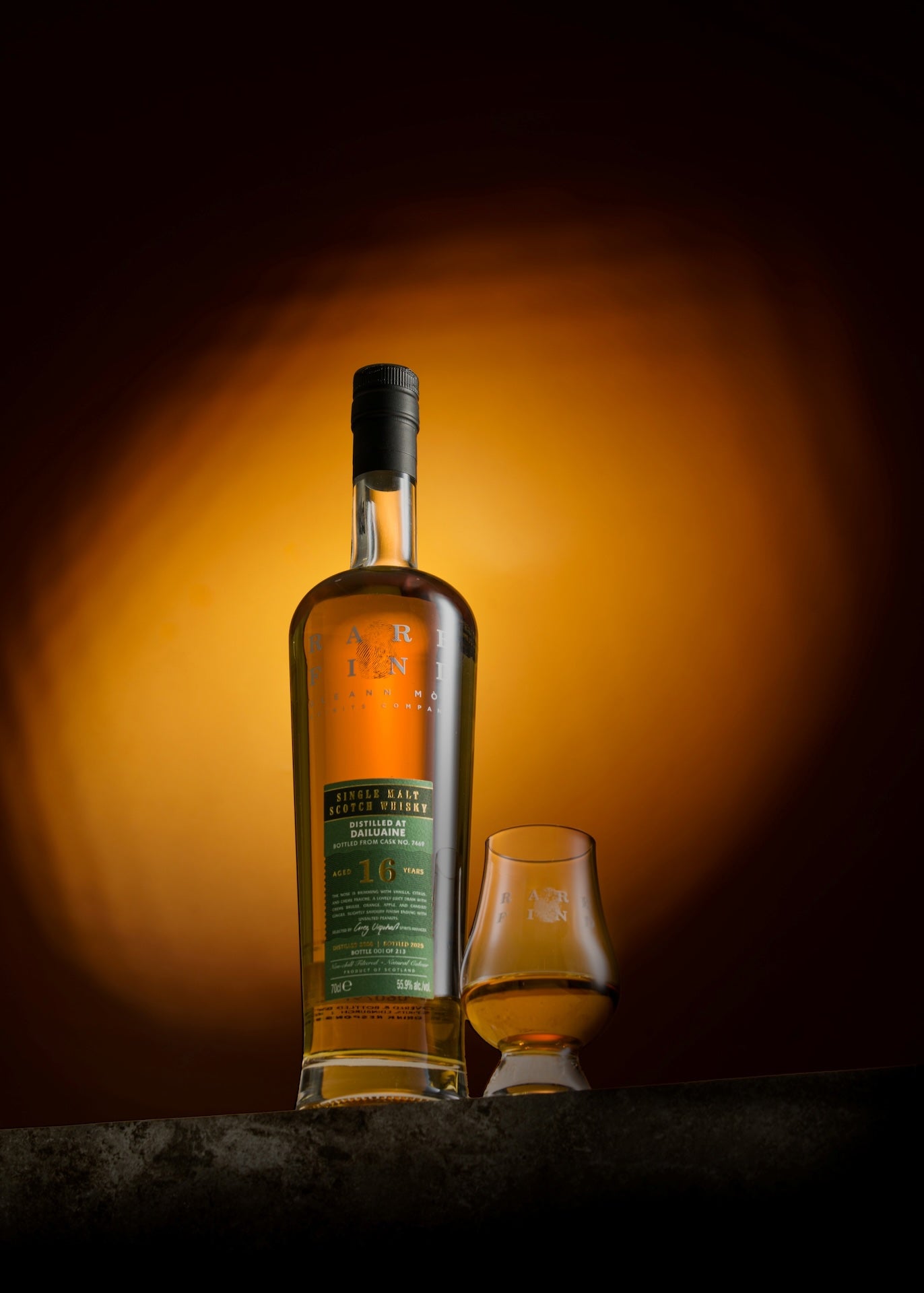
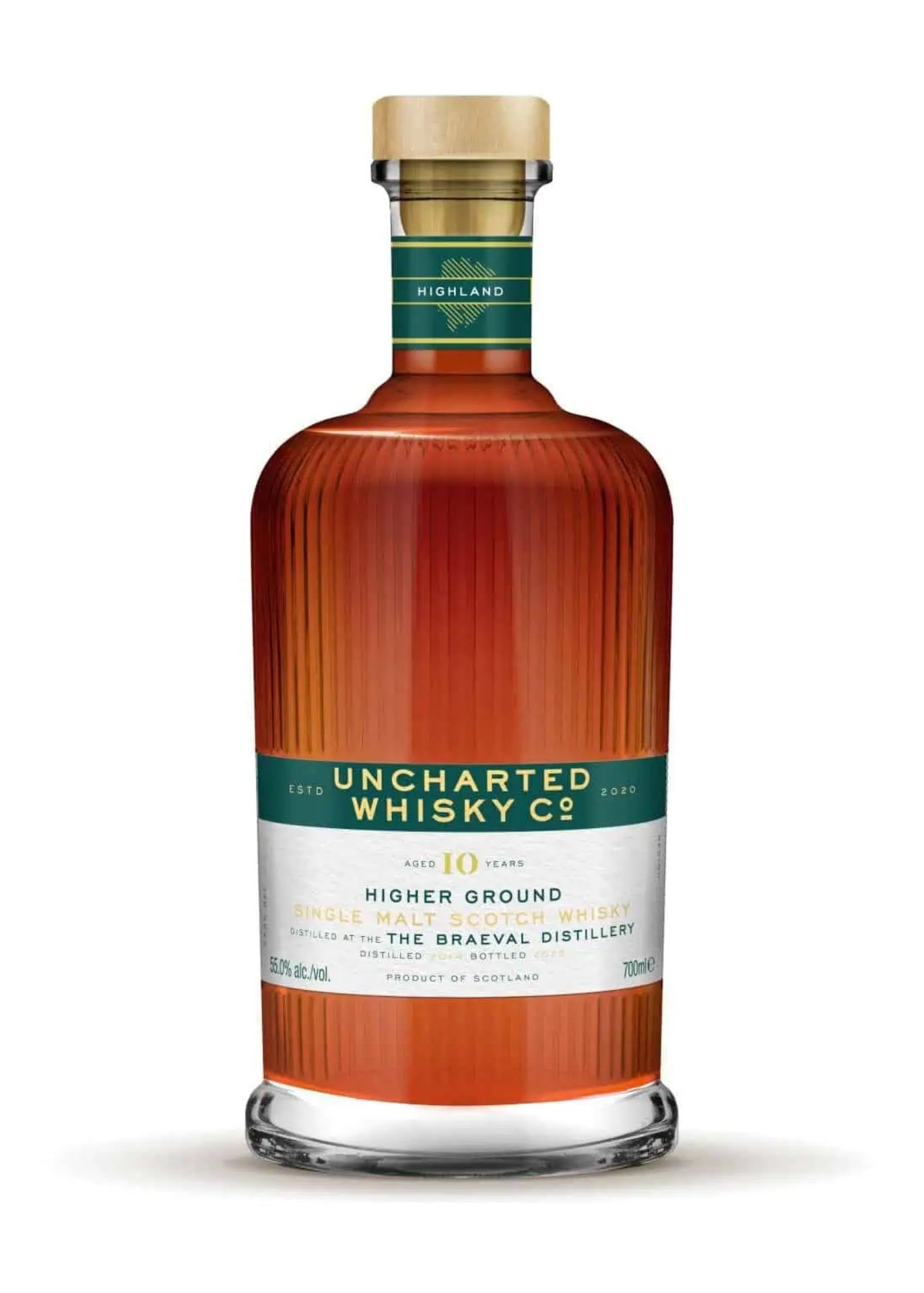
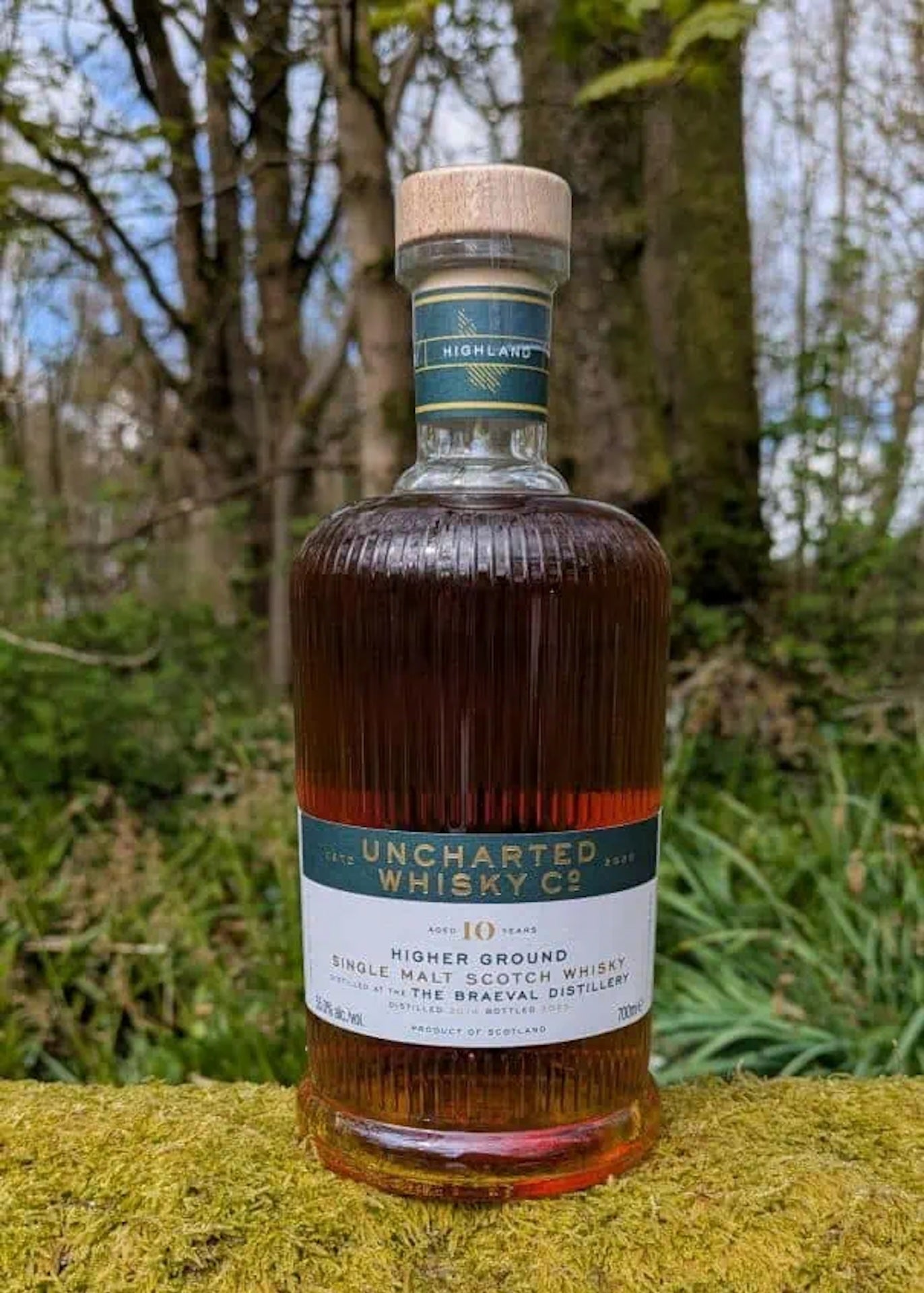
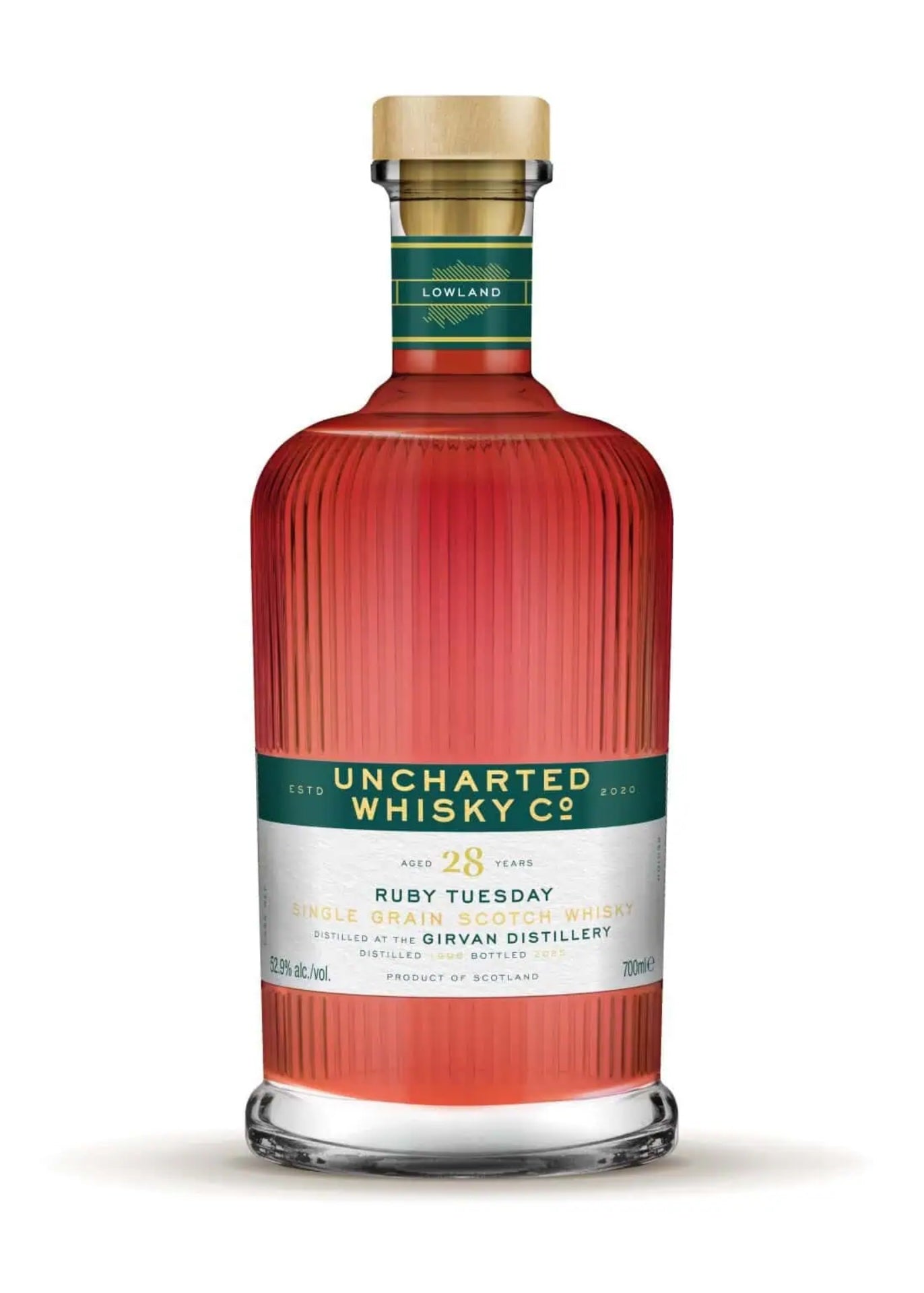
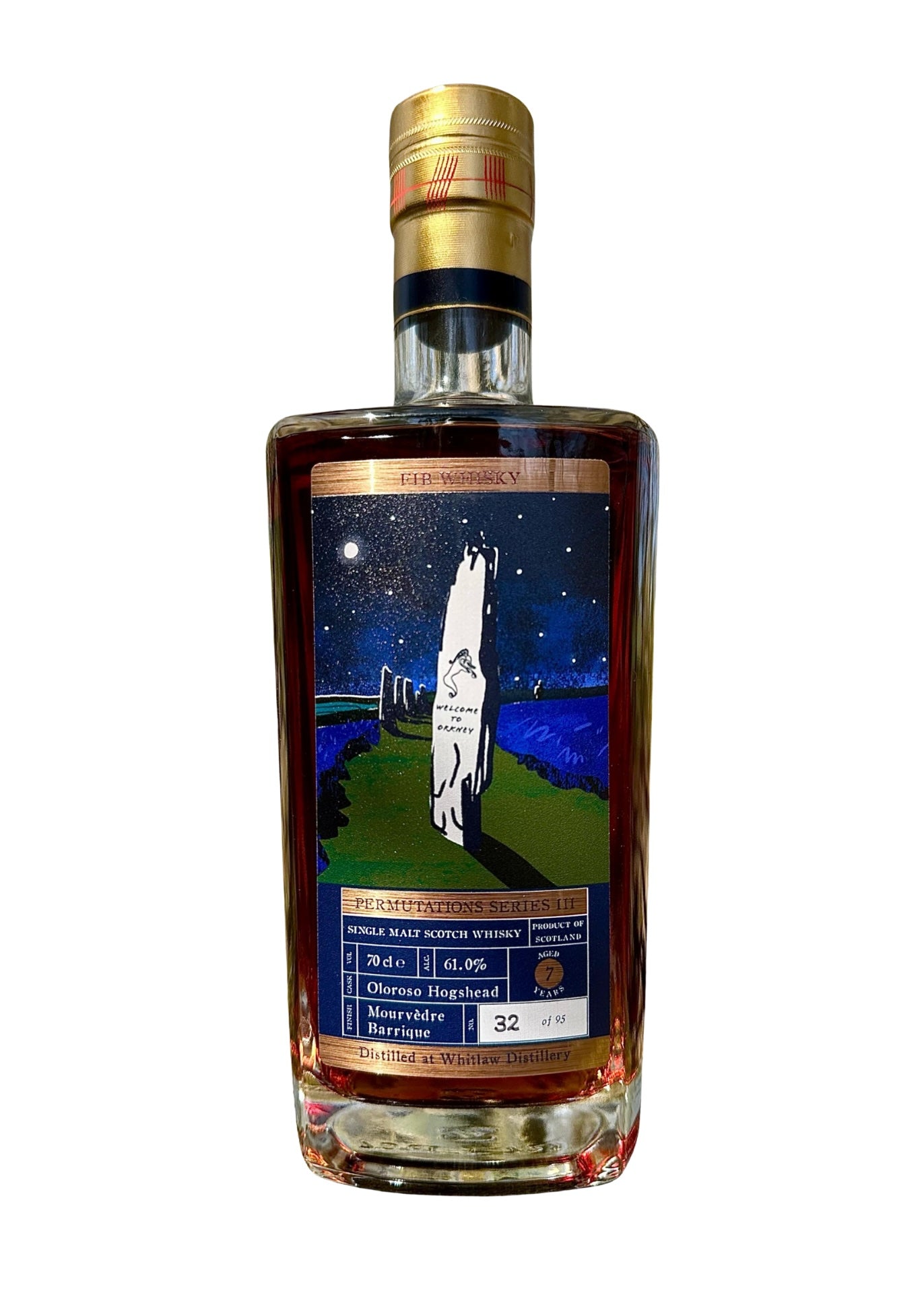
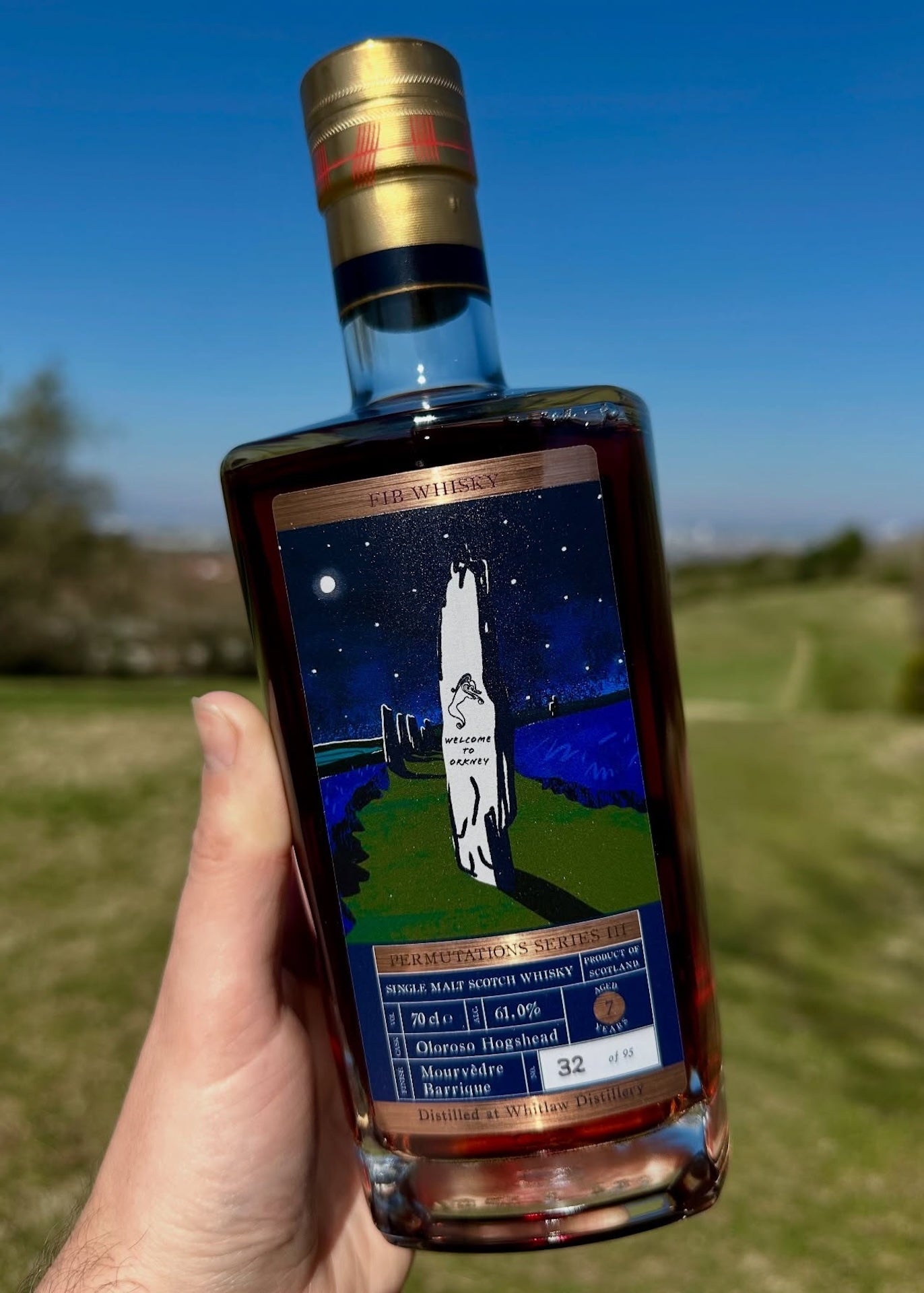
1 comment
This was an interesting article. I will look into the subject matter more deeply but this article makes me ‘thirst’ for more.
Dennis
Leave a comment
This site is protected by hCaptcha and the hCaptcha Privacy Policy and Terms of Service apply.